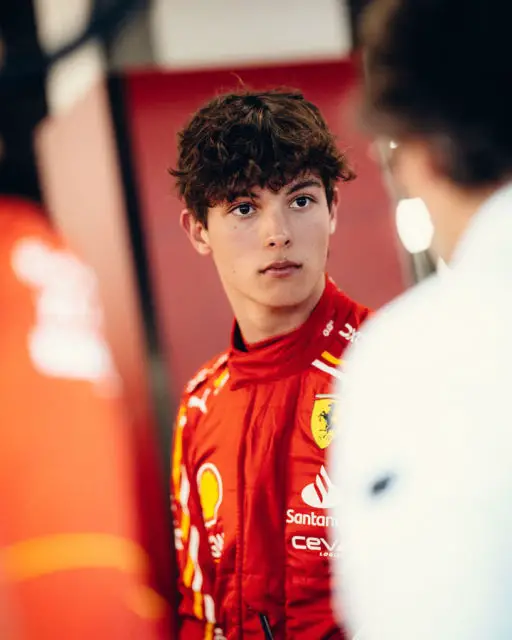Oliver Bearman’s Grueling F1 Debut: Navigating Pain and Challenges at the Saudi Arabian Grand Prix
Following his Formula 1 debut in Saudi Arabia, Oliver Bearman detailed the physical struggles he faced, particularly after enduring the demanding Jeddah Corniche Circuit. Despite the challenges, his performance was notable, overshadowing even Max Verstappen’s victory.
Key Takeaways:
- Oliver Bearman, Ferrari’s reserve driver, faced a physically demanding Formula 1 debut in Saudi Arabia, finishing impressively at P7 amidst challenges from the intense G-forces and a demanding track.
- As the youngest driver in F1, Bearman’s debut garnered significant attention, overshadowing the victory of seasoned racer Max Verstappen.
- Bearman experienced noticeable physical strain following the race, highlighting a stark difference in comfort between F1 and F2 cars and the significant challenges of Formula 1 racing.

Ferrari reserve driver Oliver Bearman’s first Formula 1 race at the Jeddah Corniche Circuit in Saudi Arabia proved to be a revealing experience, both for him and the world of motorsports. Bearman, now known as the youngest driver to compete in F1, managed an impressive P7 finish, a feat that caught more eyes than the victory of Max Verstappen.
However, the real story began unfolding the day after the Grand Prix. Bearman’s physical condition was a clear testament to the race’s toll on his body. His stiffness was noticeable among his F2 colleagues, highlighting the intense physical demands of a Formula 1 race.
Bearman recounted to The Times the extent of his struggle: “Most of the pain was from my lower back. The neck is a given, but Jeddah is one of the most difficult tracks. Even the straights, they twist quite a bit, which doesn’t look much, but when you repeat it 50 times, there’s no rest.”
He continued, explaining the difference between the vehicles he’s accustomed to and an F1 car: “F1 cars are very tight and not built for comfort. Everything was very last minute. When I made the seat, I didn’t think I’d be having to use it.”
The disparity in comfort between F1 and F2 cars became evident from Bearman’s comparison: “We don’t have as much downforce or G-force in F2, so the strain is much less. But we don’t have power steering in F2, so the steering work is super-heavy. When I’ve finished an F2 race, my arms are usually tired, but apart from that, I’m fine. In F1, the steering is very light, but it’s everything else. You’re just getting thrown around. Muscles you don’t feel like you’re engaging, they’re aching the next day.”
Bearman’s candid disclosure about the physicality of F1 racing sheds light on the often-overlooked aspects of this high-speed sport. Despite the challenges, he expressed his enthusiasm: “It’s exhausting; you lose a lot of water, I couldn’t believe how sweaty I was. It was a big challenge. But I really enjoyed it.”
Oliver Bearman’s debut in Formula 1 not only marks a significant milestone in his career but also serves as an insightful look into the demanding world of elite motorsport racing.



